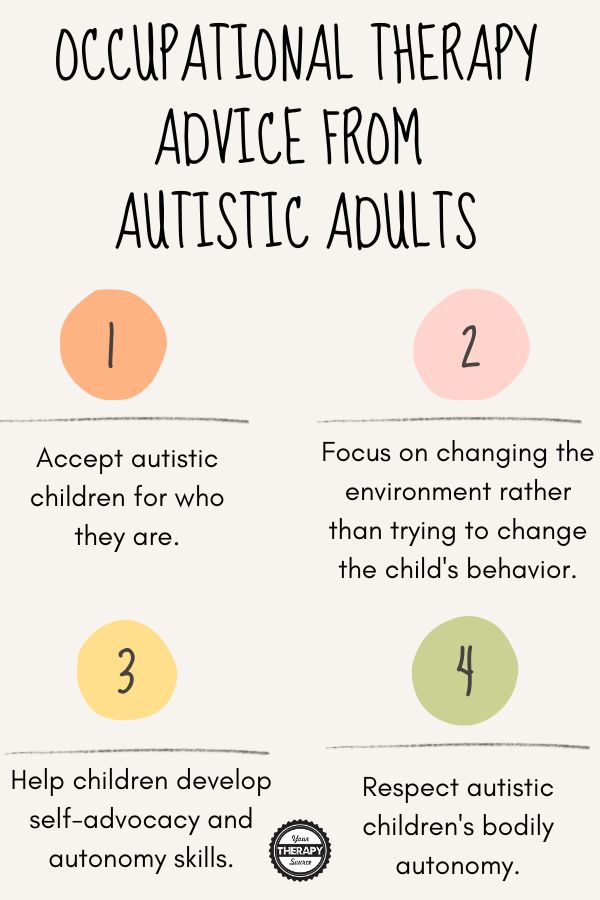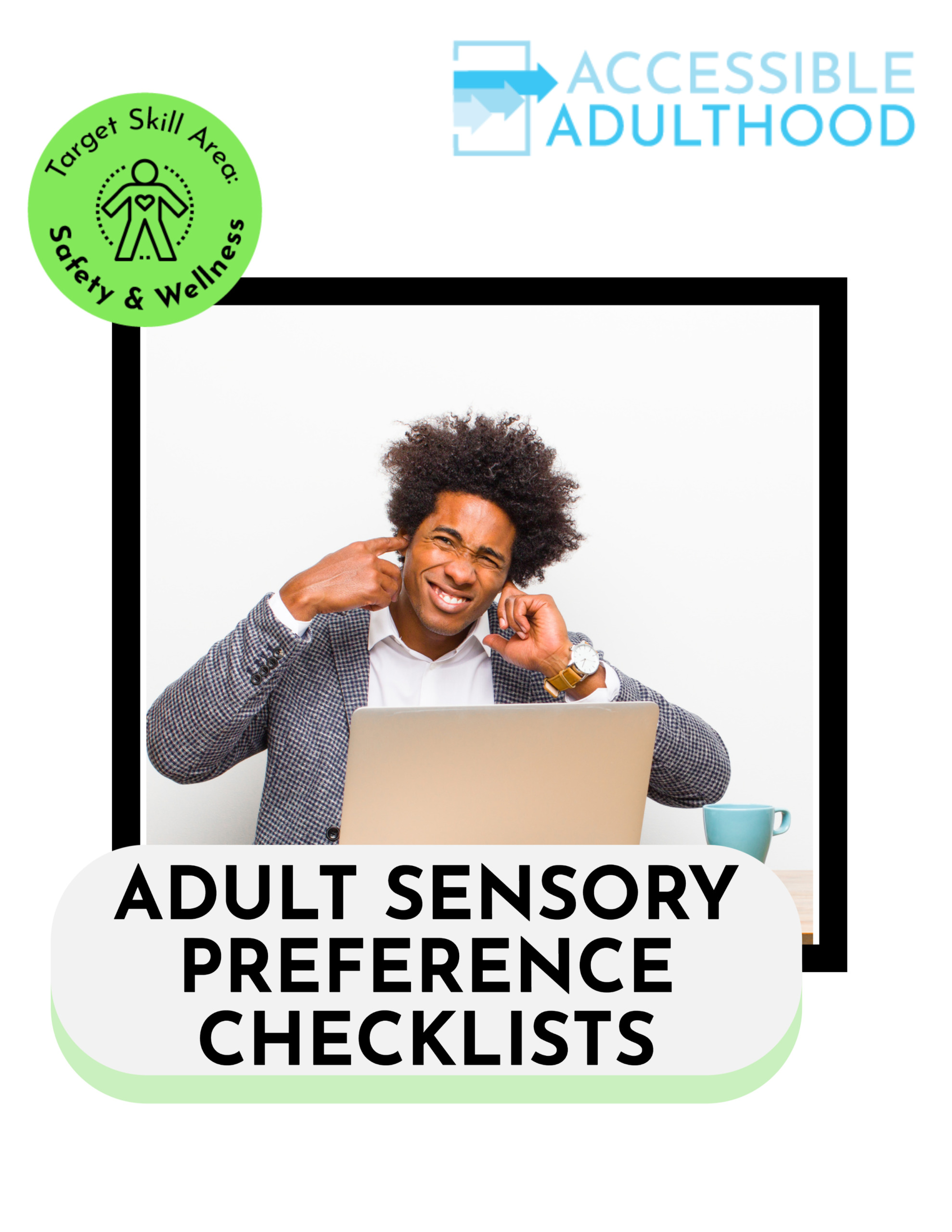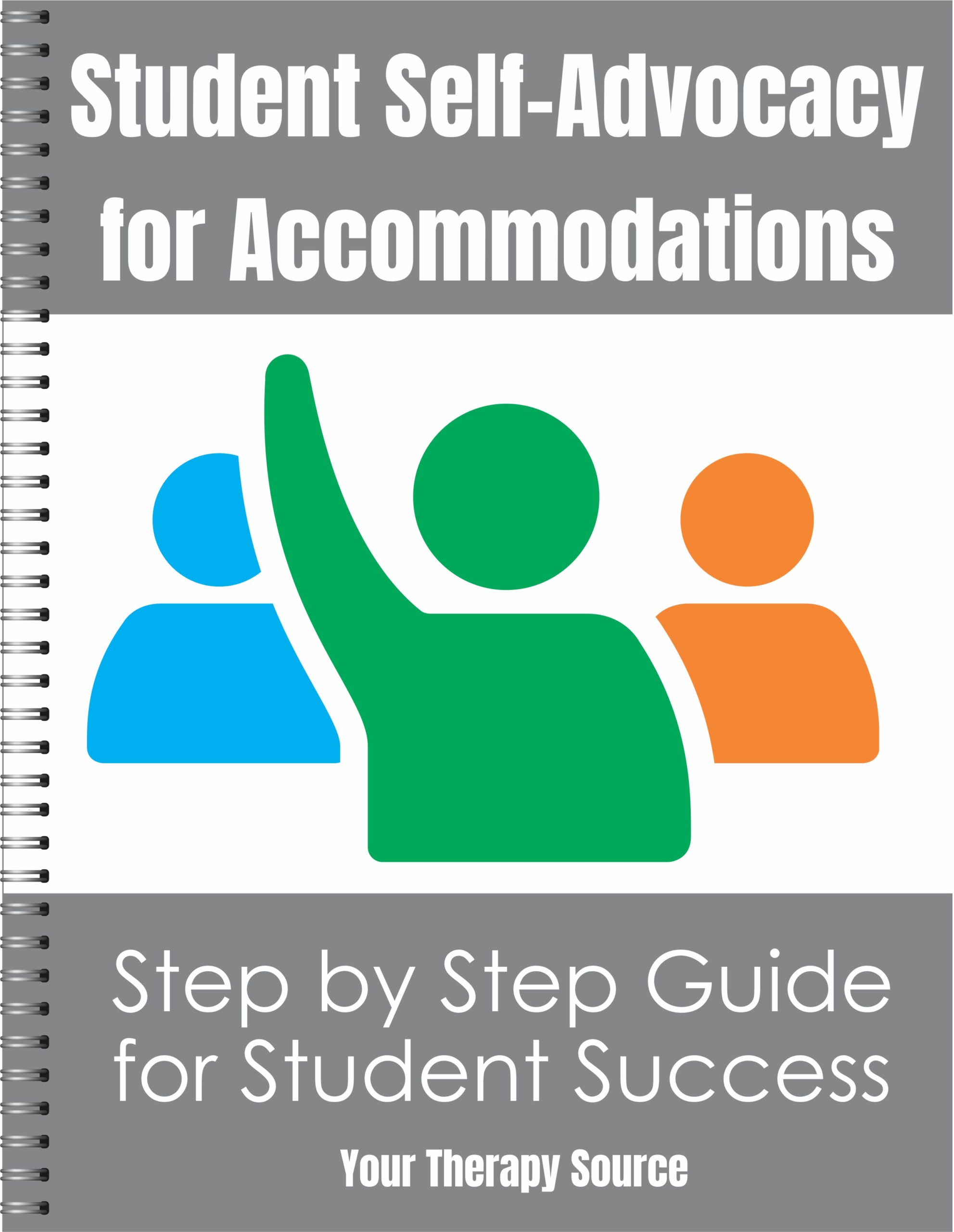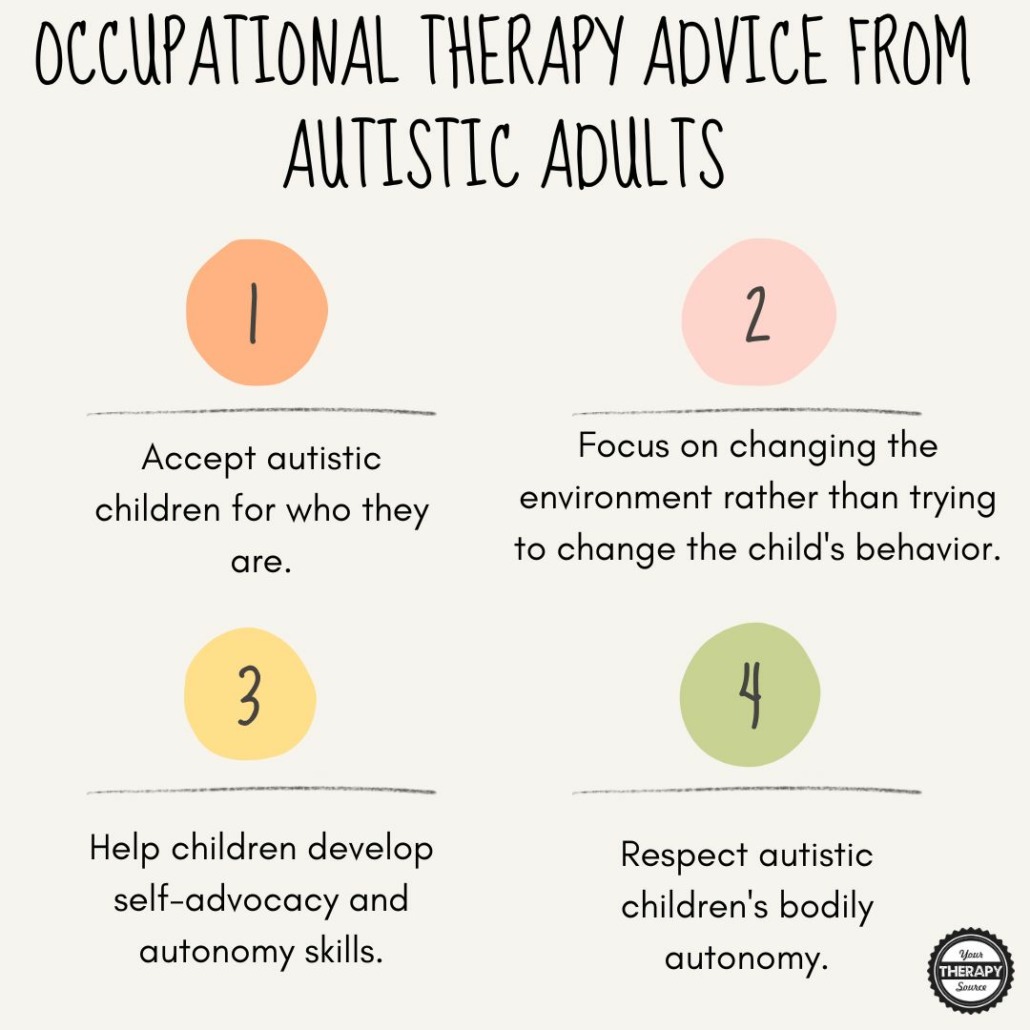Autistic Adults and Occupational Therapy Experiences – Let’s Learn!

A recent research article explored the perspectives of autistic adults and occupational therapy (OT) for autistic children and youth. The authors conducted a qualitative study with 12 autistic adults who had received OT services as children or adolescents. The participants were interviewed about their experiences with OT, their views on the benefits and limitations of OT, and their recommendations for how OT could be improved.
METHODOLOGY OF THE STUDY: AUTISTIC ADULTS AND OCCUPATIONAL THERAPY
The authors conducted a qualitative study with 12 autistic adults who had received OT services as children or adolescents. The participants were interviewed about their experiences with OT, their views on the benefits and limitations of OT, and their recommendations for how OT could be improved. The interviews were audio-recorded and transcribed. The data was analyzed using thematic analysis, a qualitative research method that involves identifying, coding, and categorizing themes in the data.
DATA RESULTS
The findings of the study suggest that autistic adults value OT for its ability to help them develop skills and strategies for managing their daily lives. They also appreciate the fact that OT can help them to understand their own needs and strengths better. The participants identified a number of benefits of OT, including:
- Helping them to develop skills and strategies for managing their daily lives. The participants reported that OT helped them to develop a range of skills, such as communication, social interaction, and self-care. They also reported that OT helped them to develop strategies for managing their sensory sensitivities and challenging behaviors.
- Helping them to understand their own needs and strengths better. The participants reported that OT helped them to understand their own needs and strengths better. They said that OT helped them to identify their strengths and weaknesses and to develop strategies for working around their weaknesses.
The participants also identified a number of challenges with OT, including:
- The lack of understanding of autism among some OT practitioners. The participants reported that some OT practitioners did not have a good understanding of autism. This led to a number of challenges, such as OT practitioners not being able to provide the right type of support, and OT practitioners not being able to understand the participants’ needs.
- The focus on remediation rather than accommodation. The participants reported that OT practitioners often focused on remediating their difficulties, rather than accommodating their needs. This led to a number of challenges, such as the participants feeling like they were being treated as “broken,” and the participants feeling like they were not being able to reach their full potential.
- The lack of access to OT services. The participants reported that access to OT services was often limited. This was due to a number of factors, such as the cost of OT services, the availability of OT services, and the lack of awareness of OT services.

Adult Sensory Processing Preferences for Roommates
SPECIFIC EXAMPLES TO IMPLEMENT
Here are some specific examples of how occupational therapists can support autistic children and their families:
- Accept autistic children for who they are. This means understanding that autism is a spectrum and that autistic children are all different. It also means avoiding language that pathologizes autism or suggests that there is something wrong with autistic children.
- Focus on changing the environment or the tasks, rather than trying to change the child’s behavior. This can be done by making changes to the environment, such as providing sensory breaks or using visual schedules. It can also be done by changing the way tasks are presented, such as breaking them down into smaller steps or providing more support.
- Help children develop self-advocacy and autonomy skills. This can be done by teaching children how to express their needs and wants, how to make choices, and how to solve problems. It can also be done by providing children with opportunities to practice these skills in a safe and supportive environment.
- Respect autistic children’s bodily autonomy. This means not forcing children to do things they don’t want to do, such as hugging, shaking hands, or participating in certain activities. It also means respecting children’s right to say “no” and to have their boundaries respected.

Self-Advocacy for Students
CONCLUSION ON AUTISTIC ADULTS AND OCCUPATIONAL THERAPY
The authors conclude that the perspectives of autistic adults can be valuable in informing the development of OT services for autistic children and youth. They recommend that OT practitioners work collaboratively with autistic adults to develop individualized OT programs that are tailored to their specific needs and goals.
The findings of the study suggest that autistic adults value OT for its ability to help them develop skills and strategies for managing their daily lives. They also appreciate the fact that OT can help them to better understand their own needs and strengths. However, the participants also identified a number of challenges with OT, including the lack of understanding of autism among some OT practitioners, the focus on remediation rather than accommodation, and the lack of access to OT services.
The authors conclude that the perspectives of autistic adults can be valuable in informing the development of OT services for autistic children and youth. They recommend that OT practitioners work collaboratively with autistic adults to develop individualized OT programs that are tailored to their specific needs and goals.
KEY TAKEAWAY POINTS REGARDING THE PERSPECTIVE OF AUTISTIC ADULTS AND OCCUPATIONAL THERAPY
- Autistic adults value OT for its ability to help them develop skills and strategies for managing their daily lives.
- They also appreciate the fact that OT can help them to understand their own needs and strengths better.
- However, the participants also identified a number of challenges with OT, including the lack of understanding of autism among some OT practitioners, the focus on remediation rather than accommodation, and the lack of access to OT services.
- Accept autistic children for who they are.
- Focus on changing the environment or the tasks rather than trying to change the child’s behavior.
- Help children develop self-advocacy and autonomy skills.
- Respect autistic children’s bodily autonomy.
- The authors conclude that the perspectives of autistic adults can be valuable in informing the development of OT services for autistic children and youth.
REFERENCE
Sterman, J., Gustafson, E., Eisenmenger, L., Hamm, L., & Edwards, J. (2023). Autistic Adult Perspectives on Occupational Therapy for Autistic Children and Youth. OTJR: Occupational Therapy Journal of Research, 43(2), 237-244.



